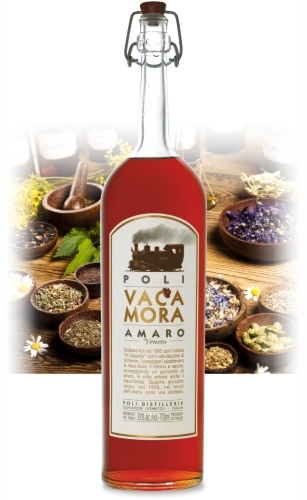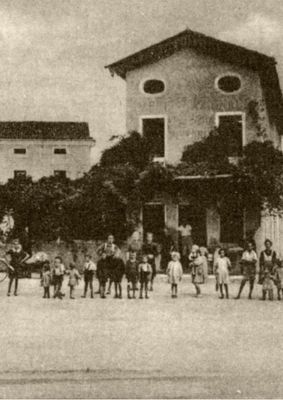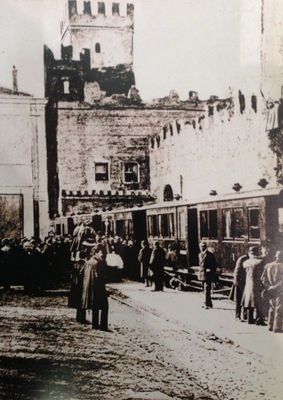The "quick one" of the driver
There must have been a good reason why GioBatta Poli (1846-1921) decided on 15 January 1885 to move from San Luca to Schiavon.
A few months earlier, on 25 September 1884, Senator Alessandro Rossi (1819-1898), entrepreneur and enlightened politician, had founded the “Ferrovie Economiche di Schio” with the aim of establishing a rail connection between the major production centres in the upper Vicenza province and Vicenza itself, the main city that since 1846 was served by the most important railway line of the time: the Milan-Venice one.
Meanwhile in San Luca, on the Marostica hills, GioBatta owned a thriving business of production and wholesale/retail sale of wine, groceries and straw hats, together with a refreshments and change of horses service.
It was probably the daily contact with travellers that made him understand the increasing importance of transport means.
Those who came down from the Asiago plateau in order to go to Vicenza, once past the Castle gates in Marostica, arrived finally on the plain.
The road went straight on and the first village one came to was Schiavon. The train had to go through there.
And so it was that GioBatta decided to buy a house and some land in Schiavon, moved there and opened the Osteria al Cappello, where he carried on selling wine and straw hats.
A few years later the long awaited steam train, the Vaca Mora (Black Cow), finally arrived in front of the tavern.
Passengers used to wait for the Vaca Mora at the tavern, chatting and sipping a glass of wine or a drink of that bitter prepared from an infusion of herbs, fruit peels and roots. Sometimes even the driver would peep in.
A few nips later, in 1898, the Poli distilleries were established on the tavern premises.
Bitter liqueur
Vaca Mora - Amaro Veneto
Bitter liquer obtained by putting aromatic herbs in infusion in Grappa and alcohol
Bitter liqueur with natural infusion of plants, herbs and flowers with digestive properties.
Its aroma recalls a wooden box full of officinal herbs and mint leaves.
Find out more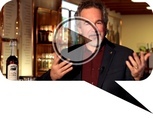 Watch
Watchthe video
Grappas
Features
Raw material: plants, herbs and flowers with digestive properties
Production method: natural infusion of plants, herbs and flowers with digestive properties in Grappa and alcohol
% Alc - Content: 32% Alc./Vol - 700 ml
Service: at temperature of 10/15 °C - 50/59 °F in a tulip-shaped glass
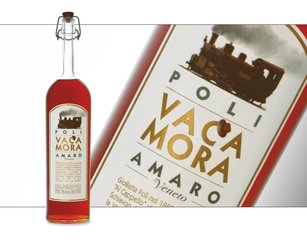
Distillates
